History of art Art periods :
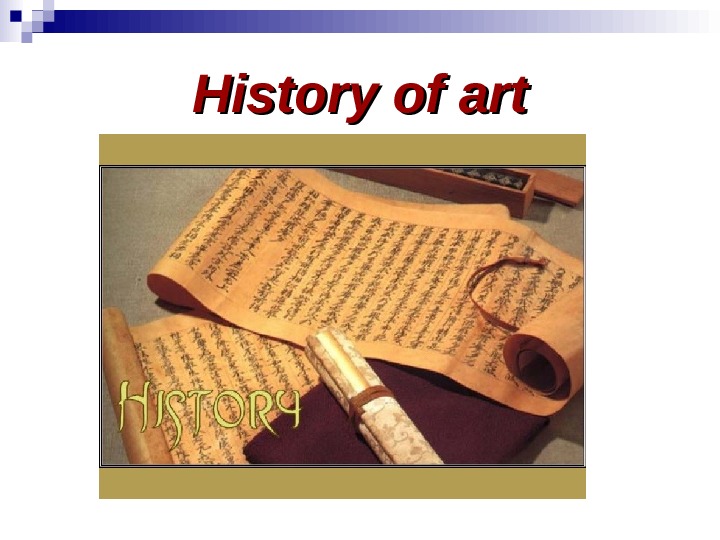
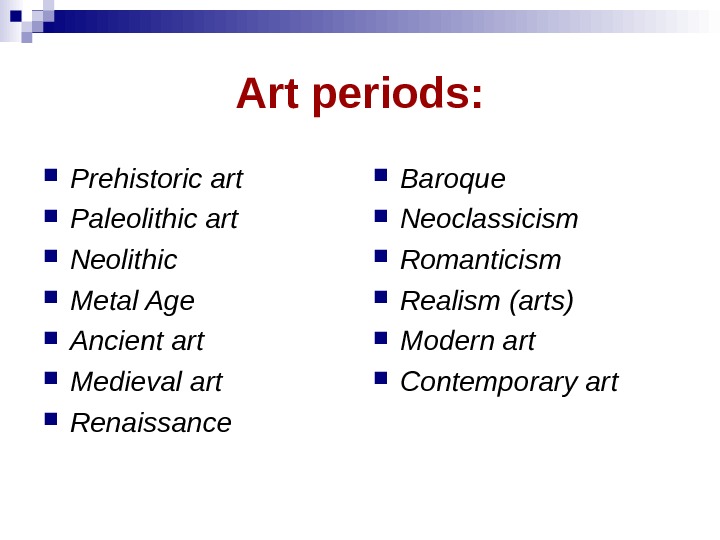
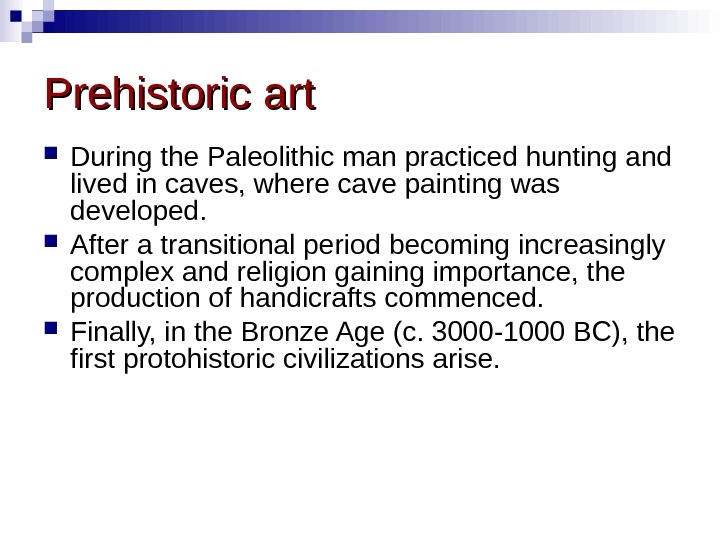
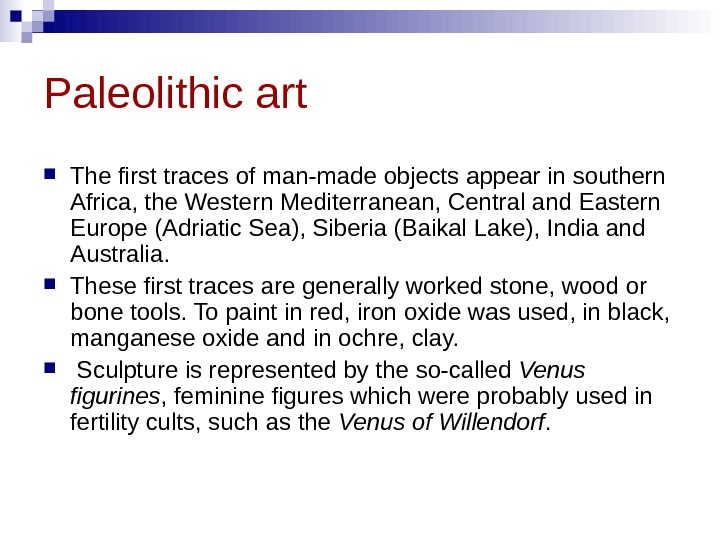
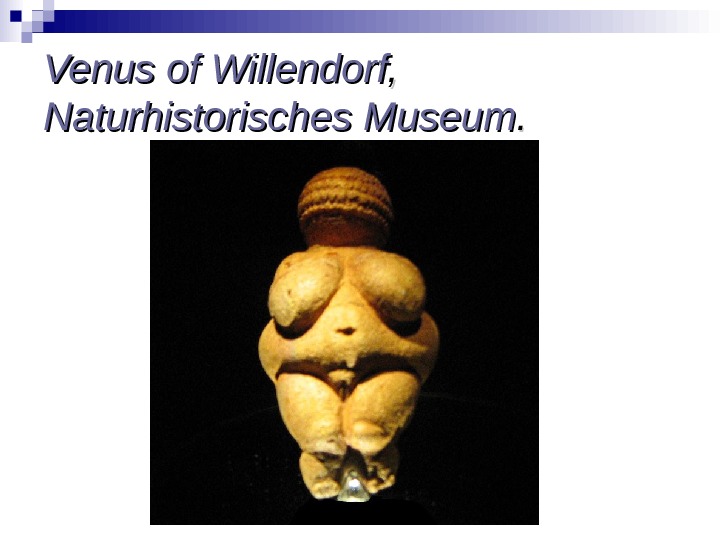
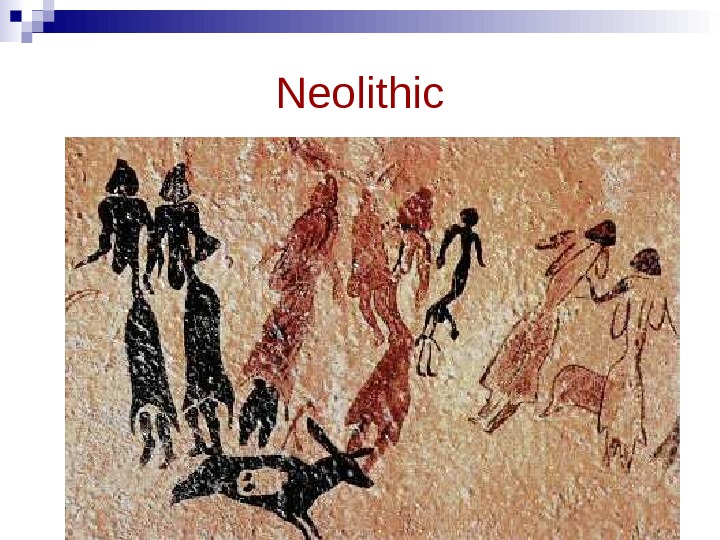

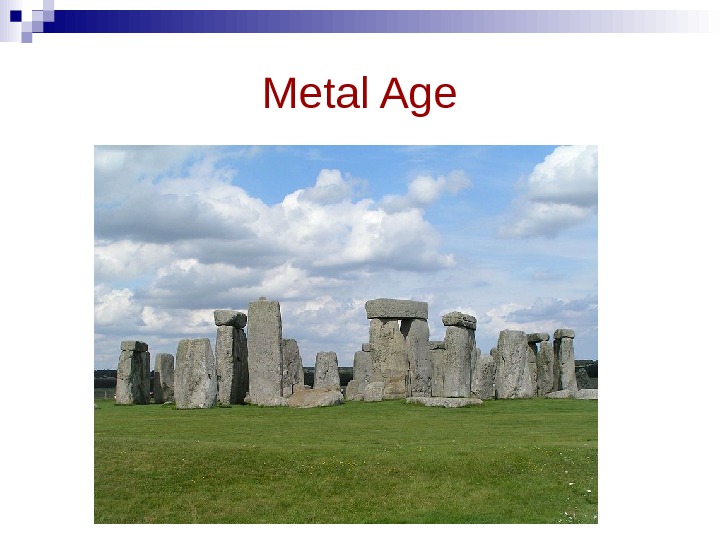
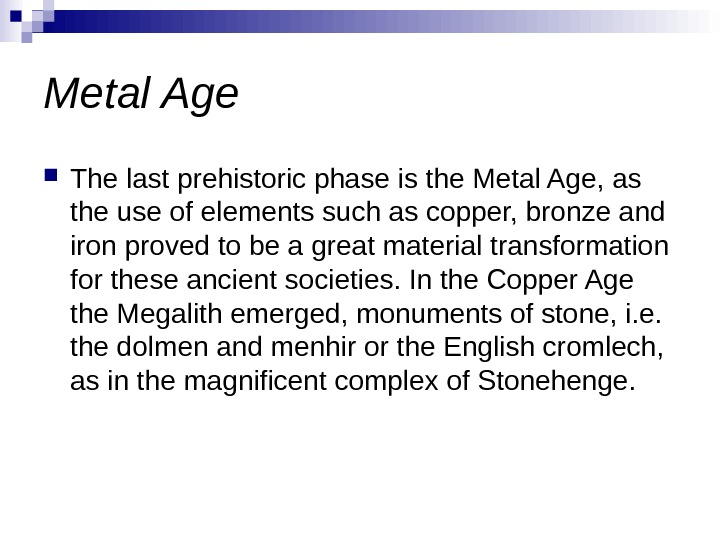
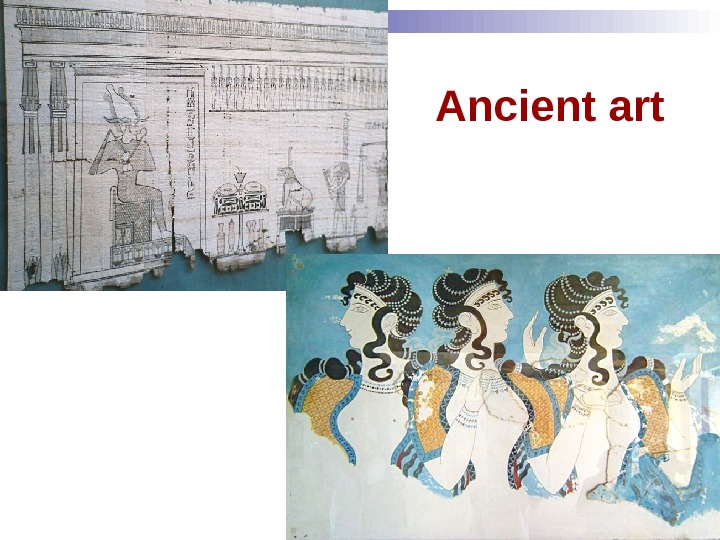


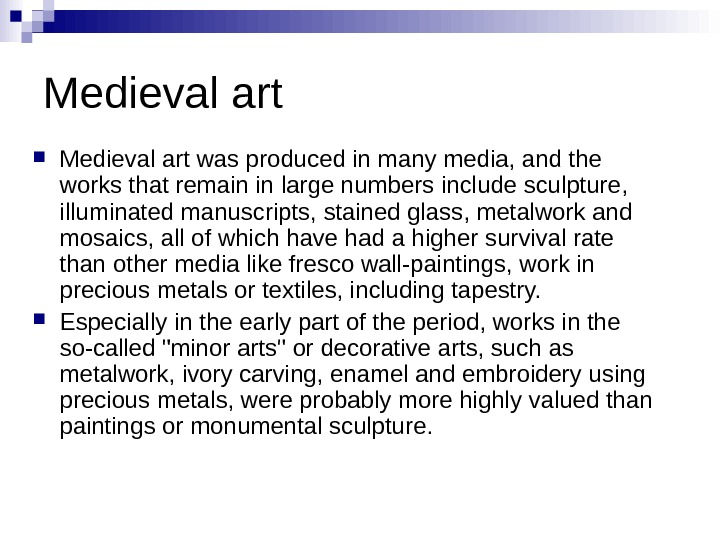
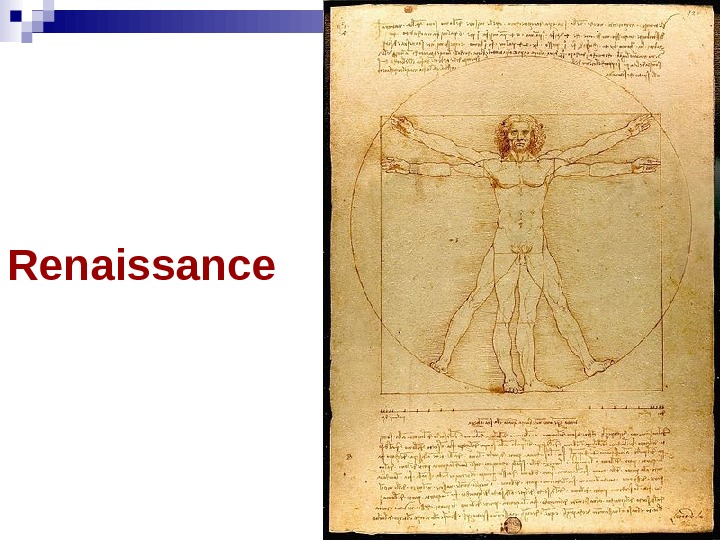
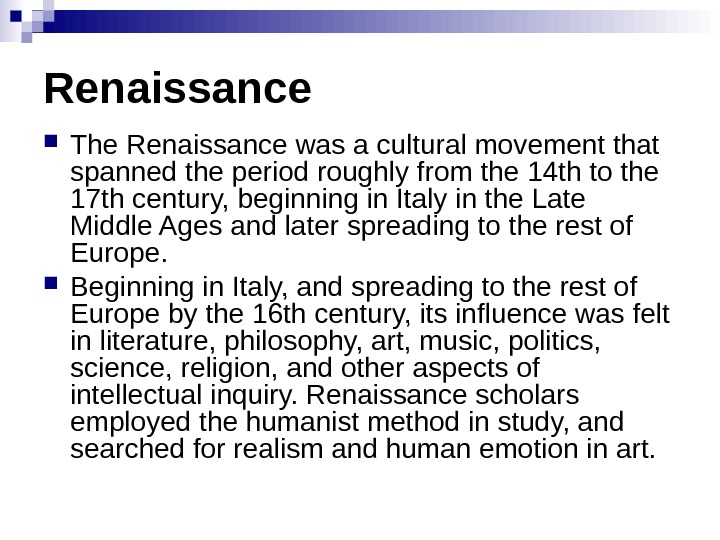
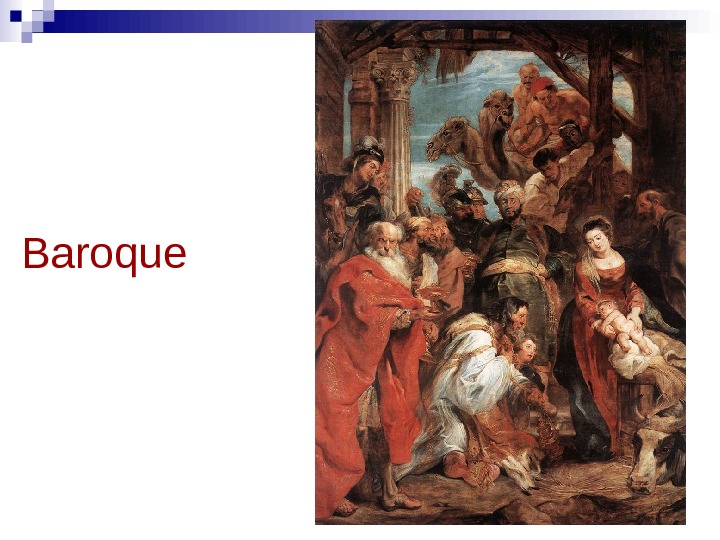
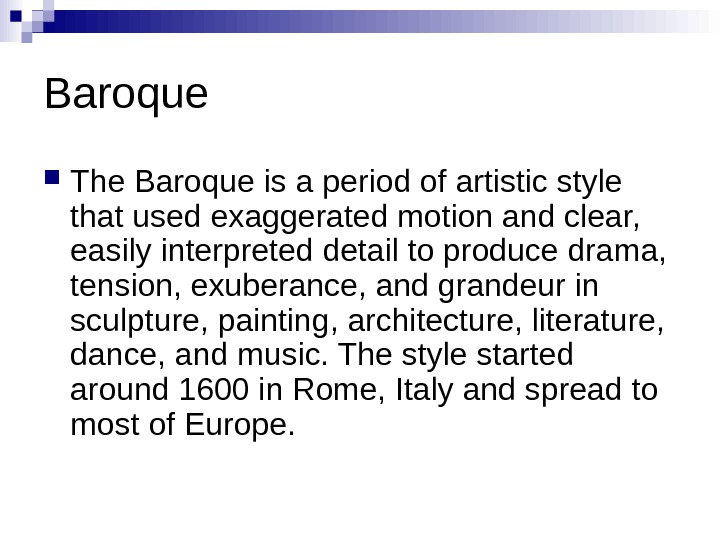
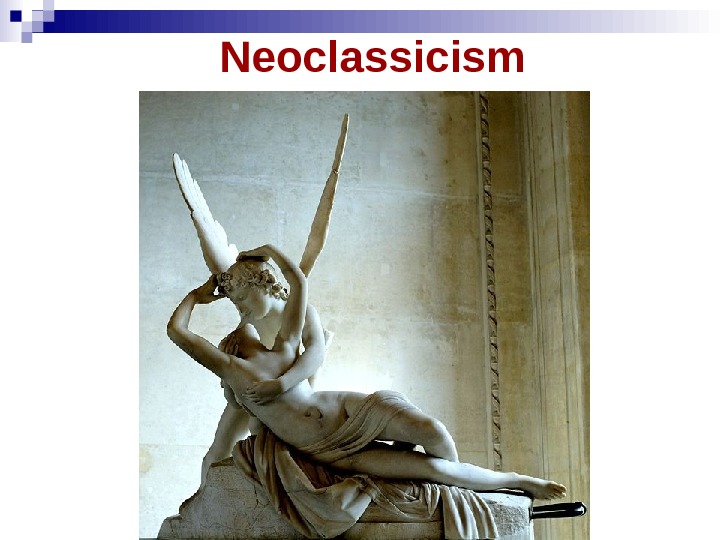
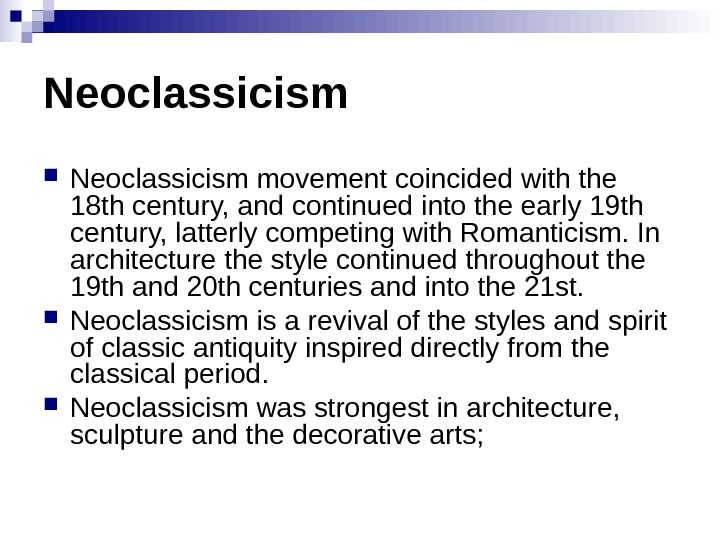
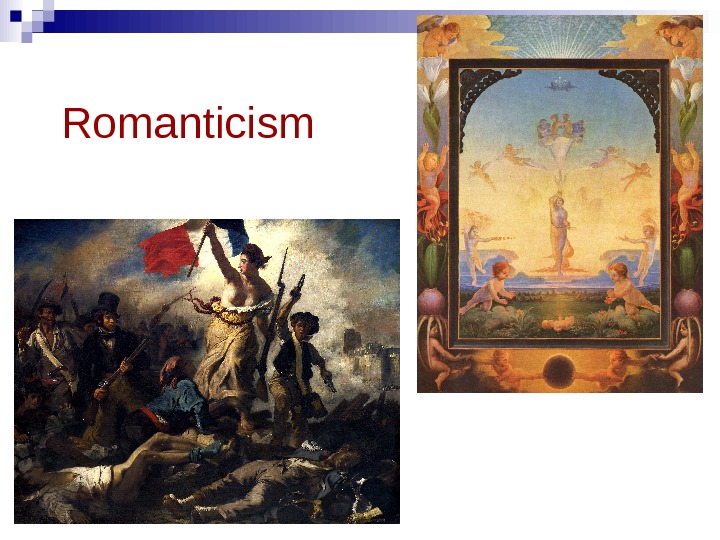
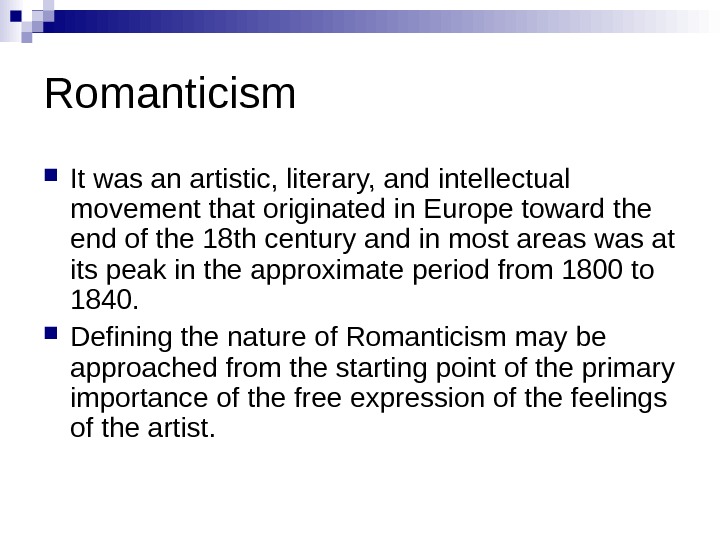
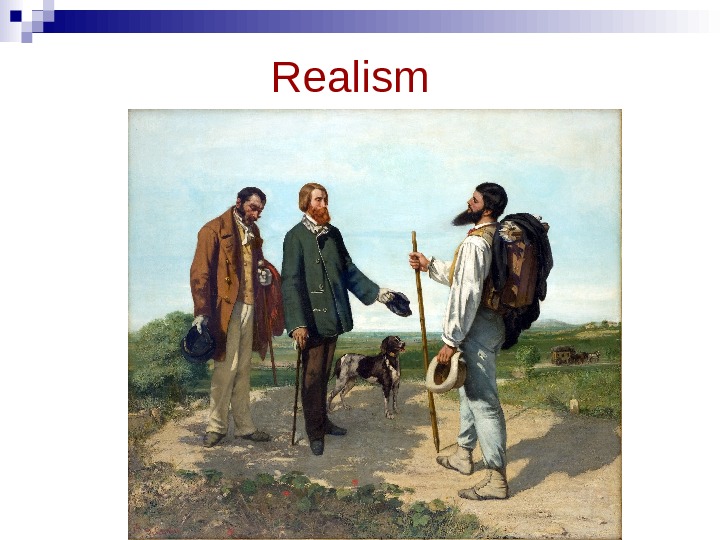
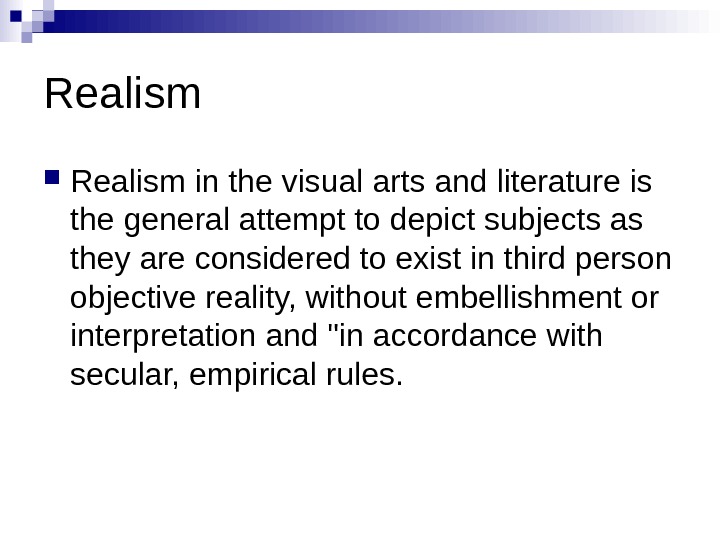
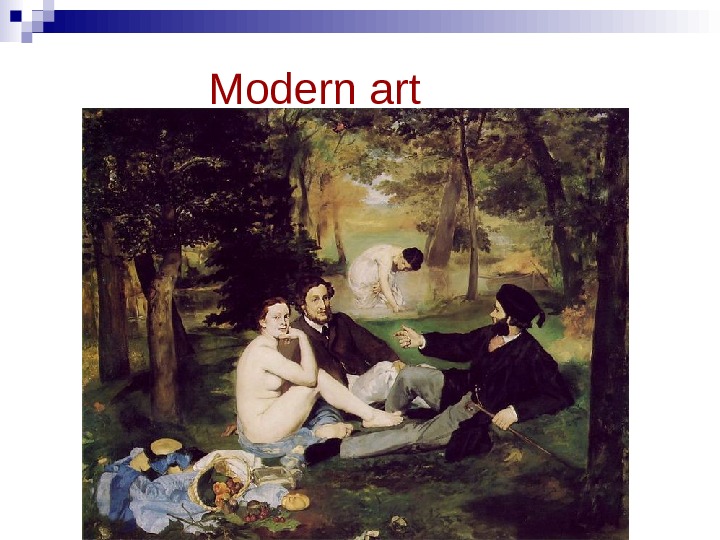
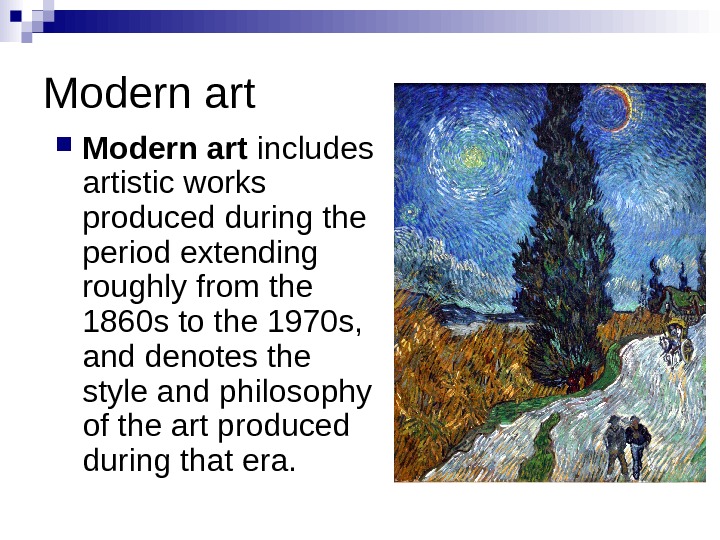
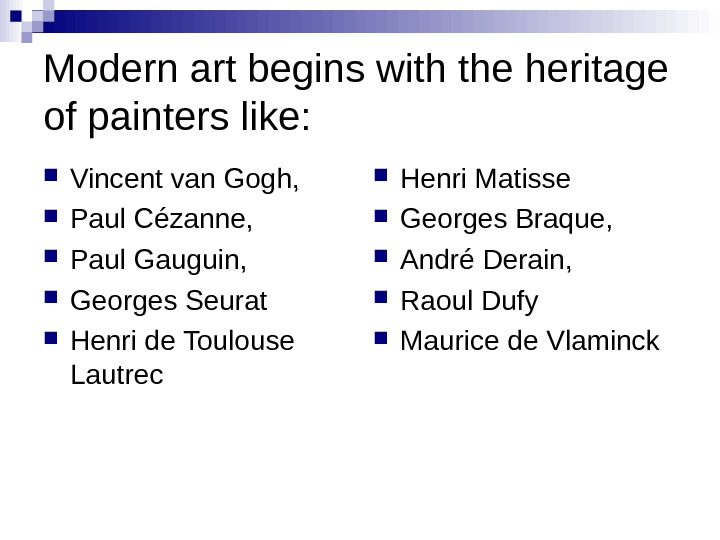
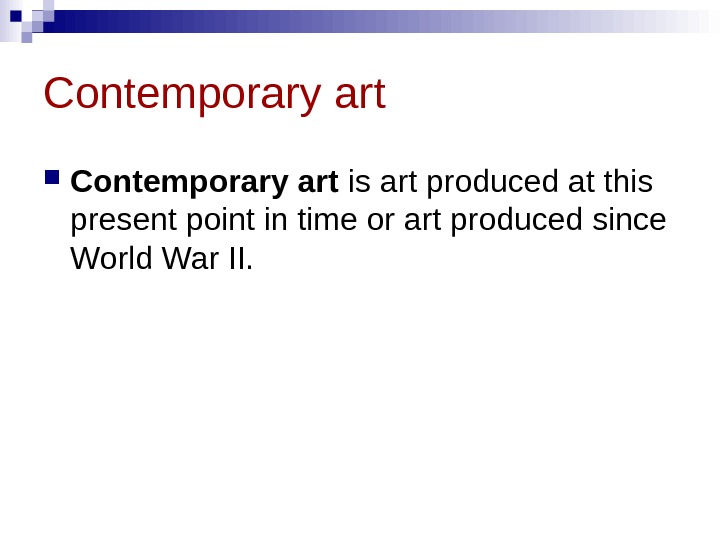
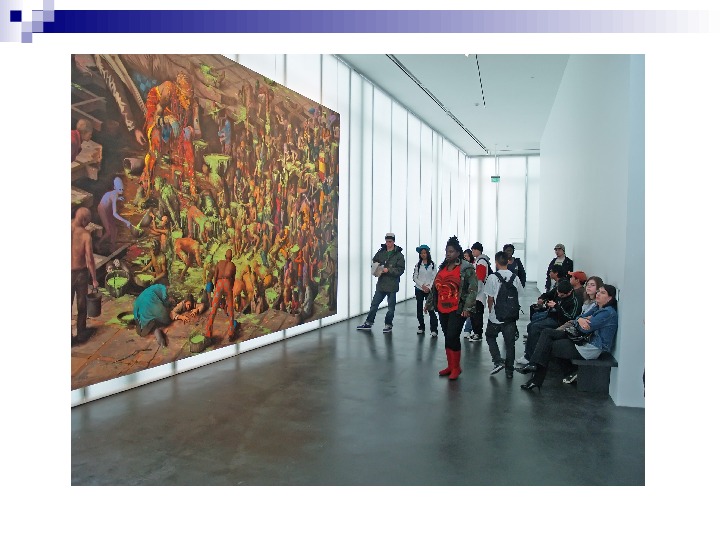
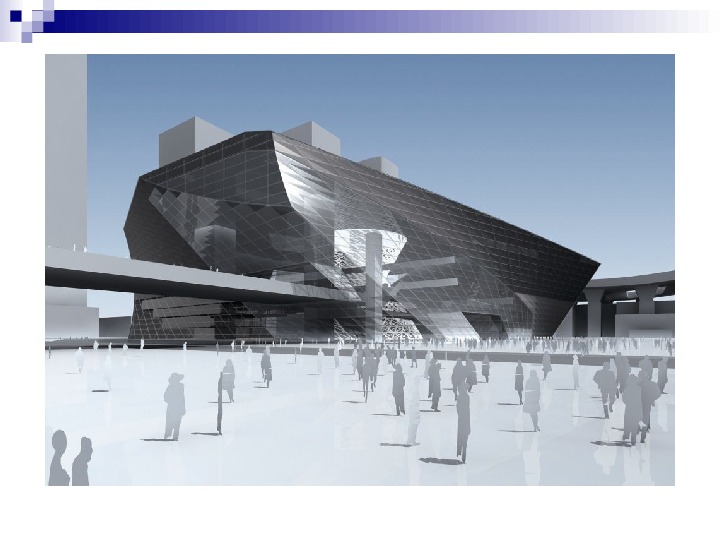
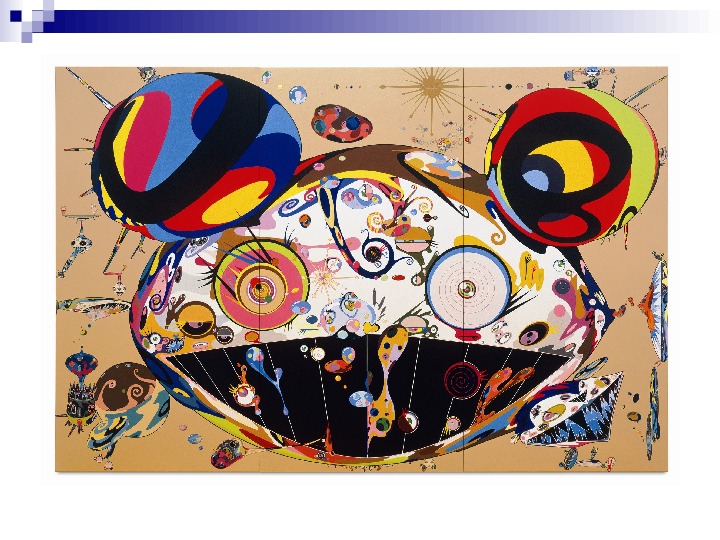
- Размер: 13.8 Mегабайта
- Количество слайдов: 30
Описание презентации History of art Art periods : по слайдам
 History of art
History of art
 Art periods : Prehistoric art Paleolithic art Neolithic Metal Age Ancient art Medieval art Renaissance Baroque Neoclassicism Romanticism Realism (arts) Modern art Contemporary ar t
Art periods : Prehistoric art Paleolithic art Neolithic Metal Age Ancient art Medieval art Renaissance Baroque Neoclassicism Romanticism Realism (arts) Modern art Contemporary ar t
 Prehistoric art During the Paleolithic man practiced hunting and lived in caves, where cave painting was developed. After a transitional period becoming increasingly complex and religion gaining importance, the production of handicrafts commenced. Finally, in the Bronze Age (c. 3000 -1000 BC), the first protohistoric civilizations arise.
Prehistoric art During the Paleolithic man practiced hunting and lived in caves, where cave painting was developed. After a transitional period becoming increasingly complex and religion gaining importance, the production of handicrafts commenced. Finally, in the Bronze Age (c. 3000 -1000 BC), the first protohistoric civilizations arise.
 Paleolithic art The first traces of man-made objects appear in southern Africa, the Western Mediterranean, Central and Eastern Europe (Adriatic Sea), Siberia (Baikal Lake), India and Australia. These first traces are generally worked stone, wood or bone tools. To paint in red, iron oxide was used, in black, manganese oxide and in ochre, clay. Sculpture is represented by the so-called Venus figurines , feminine figures which were probably used in fertility cults, such as the Venus of Willendorf.
Paleolithic art The first traces of man-made objects appear in southern Africa, the Western Mediterranean, Central and Eastern Europe (Adriatic Sea), Siberia (Baikal Lake), India and Australia. These first traces are generally worked stone, wood or bone tools. To paint in red, iron oxide was used, in black, manganese oxide and in ochre, clay. Sculpture is represented by the so-called Venus figurines , feminine figures which were probably used in fertility cults, such as the Venus of Willendorf.
 Venus ofof Willendorf , , Naturhistorisches Museum. .
Venus ofof Willendorf , , Naturhistorisches Museum. .
 Neolithic
Neolithic
 Neolithic This period—from c. 8000 BC in the Near East— was a profound change for the ancient man, who became sedentary and engaged in agriculture and animal husbandry, new forms of social coexistence and religion developed. In portable art, the Cardium Pottery was produced, decorated with imprints of seashells. New materials were produced like amber, crystal of rock, quartz, jasper, etc.
Neolithic This period—from c. 8000 BC in the Near East— was a profound change for the ancient man, who became sedentary and engaged in agriculture and animal husbandry, new forms of social coexistence and religion developed. In portable art, the Cardium Pottery was produced, decorated with imprints of seashells. New materials were produced like amber, crystal of rock, quartz, jasper, etc.
 Metal Age
Metal Age
 Metal Age The last prehistoric phase is the Metal Age, as the use of elements such as copper, bronze and iron proved to be a great material transformation for these ancient societies. In the Copper Age the Megalith emerged, monuments of stone, i. e. the dolmen and menhir or the English cromlech, as in the magnificent complex of Stonehenge.
Metal Age The last prehistoric phase is the Metal Age, as the use of elements such as copper, bronze and iron proved to be a great material transformation for these ancient societies. In the Copper Age the Megalith emerged, monuments of stone, i. e. the dolmen and menhir or the English cromlech, as in the magnificent complex of Stonehenge.
 Ancient art
Ancient art
 Ancient art refers to the many types of art in ancient China, India, Mesopotamia, Persia, Egypt, Greece and Rome. The art of pre-literate societies is normally referred to as Prehistoric art and is not covered here. Although some Pre-Columbian cultures developed writing during the centuries before the arrival of Europeans, on grounds of dating these are covered at Pre-Columbian art, and articles such as Maya art and Aztec art.
Ancient art refers to the many types of art in ancient China, India, Mesopotamia, Persia, Egypt, Greece and Rome. The art of pre-literate societies is normally referred to as Prehistoric art and is not covered here. Although some Pre-Columbian cultures developed writing during the centuries before the arrival of Europeans, on grounds of dating these are covered at Pre-Columbian art, and articles such as Maya art and Aztec art.
 Medieval art
Medieval art
 Medieval art was produced in many media, and the works that remain in large numbers include sculpture, illuminated manuscripts, stained glass, metalwork and mosaics, all of which have had a higher survival rate than other media like fresco wall-paintings, work in precious metals or textiles, including tapestry. Especially in the early part of the period, works in the so-called «minor arts» or decorative arts, such as metalwork, ivory carving, enamel and embroidery using precious metals, were probably more highly valued than paintings or monumental sculpture.
Medieval art was produced in many media, and the works that remain in large numbers include sculpture, illuminated manuscripts, stained glass, metalwork and mosaics, all of which have had a higher survival rate than other media like fresco wall-paintings, work in precious metals or textiles, including tapestry. Especially in the early part of the period, works in the so-called «minor arts» or decorative arts, such as metalwork, ivory carving, enamel and embroidery using precious metals, were probably more highly valued than paintings or monumental sculpture.
 Renaissance
Renaissance
 Renaissance The Renaissance w as a cultural movement that spanned the period roughly from the 14 th to the 17 th century, beginning in Italy in the Late Middle Ages and later spreading to the rest of Europe. Beginning in Italy, and spreading to the rest of Europe by the 16 th century, its influence was felt in literature, philosophy, art, music, politics, science, religion, and other aspects of intellectual inquiry. Renaissance scholars employed the humanist method in study, and searched for realism and human emotion in art.
Renaissance The Renaissance w as a cultural movement that spanned the period roughly from the 14 th to the 17 th century, beginning in Italy in the Late Middle Ages and later spreading to the rest of Europe. Beginning in Italy, and spreading to the rest of Europe by the 16 th century, its influence was felt in literature, philosophy, art, music, politics, science, religion, and other aspects of intellectual inquiry. Renaissance scholars employed the humanist method in study, and searched for realism and human emotion in art.
 Baroque
Baroque
 Baroque The Baroque is a period of artistic style that used exaggerated motion and clear, easily interpreted detail to produce drama, tension, exuberance, and grandeur in sculpture, painting, architecture, literature, dance, and music. The style started around 1600 in Rome, Italy and spread to most of Europe.
Baroque The Baroque is a period of artistic style that used exaggerated motion and clear, easily interpreted detail to produce drama, tension, exuberance, and grandeur in sculpture, painting, architecture, literature, dance, and music. The style started around 1600 in Rome, Italy and spread to most of Europe.
 Neoclassicism
Neoclassicism
 Neoclassicism movement coincided with the 18 th century, and continued into the early 19 th century, latterly competing with Romanticism. In architecture the style continued throughout the 19 th and 20 th centuries and into the 21 st. Neoclassicism is a revival of the styles and spirit of classic antiquity inspired directly from the classical period. Neoclassicism was strongest in architecture, sculpture and the decorative arts;
Neoclassicism movement coincided with the 18 th century, and continued into the early 19 th century, latterly competing with Romanticism. In architecture the style continued throughout the 19 th and 20 th centuries and into the 21 st. Neoclassicism is a revival of the styles and spirit of classic antiquity inspired directly from the classical period. Neoclassicism was strongest in architecture, sculpture and the decorative arts;
 Romanticism
Romanticism
 Romanticism It was an artistic, literary, and intellectual movement that originated in Europe toward the end of the 18 th century and in most areas was at its peak in the approximate period from 1800 to 1840. Defining the nature of Romanticism may be approached from the starting point of the primary importance of the free expression of the feelings of the artist.
Romanticism It was an artistic, literary, and intellectual movement that originated in Europe toward the end of the 18 th century and in most areas was at its peak in the approximate period from 1800 to 1840. Defining the nature of Romanticism may be approached from the starting point of the primary importance of the free expression of the feelings of the artist.
 Realism
Realism
 Realism in the visual arts and literature is the general attempt to depict subjects as they are considered to exist in third person objective reality, without embellishment or interpretation and «in accordance with secular, empirical rules.
Realism in the visual arts and literature is the general attempt to depict subjects as they are considered to exist in third person objective reality, without embellishment or interpretation and «in accordance with secular, empirical rules.
 Modern art
Modern art
 Modern art includes artistic works produced during the period extending roughly from the 1860 s to the 1970 s, and denotes the style and philosophy of the art produced during that era.
Modern art includes artistic works produced during the period extending roughly from the 1860 s to the 1970 s, and denotes the style and philosophy of the art produced during that era.
 Modern art begins with the heritage of painters like: Vincent van Gogh, Paul Cézanne, Paul Gauguin, Georges Seurat Henri de Toulouse Lautrec Henri Matisse Georges Braque, André Derain, Raoul Dufy Maurice de Vlaminck
Modern art begins with the heritage of painters like: Vincent van Gogh, Paul Cézanne, Paul Gauguin, Georges Seurat Henri de Toulouse Lautrec Henri Matisse Georges Braque, André Derain, Raoul Dufy Maurice de Vlaminck
 Contemporary ar t Contemporary art is art produced at this present point in time or art produced since World War II.
Contemporary ar t Contemporary art is art produced at this present point in time or art produced since World War II.



